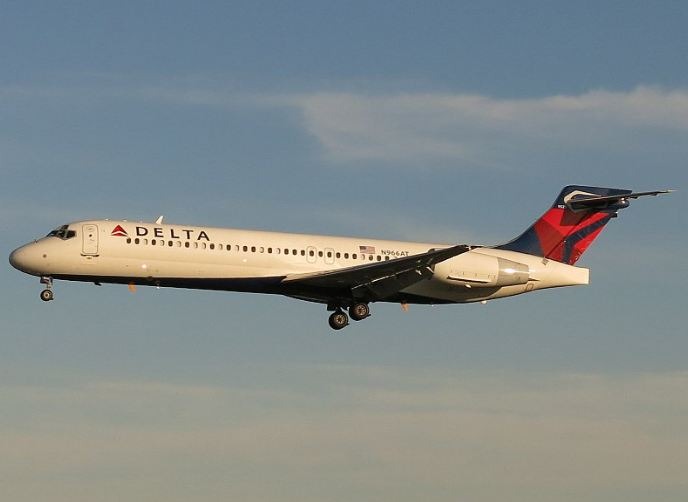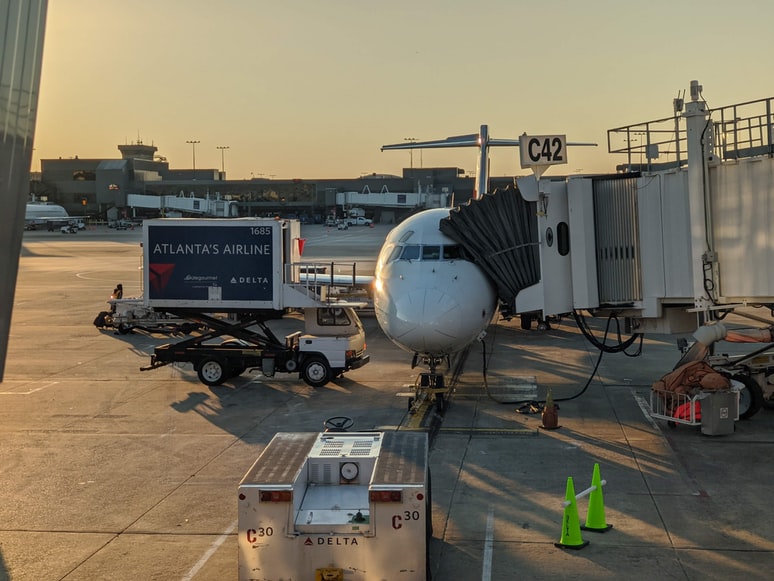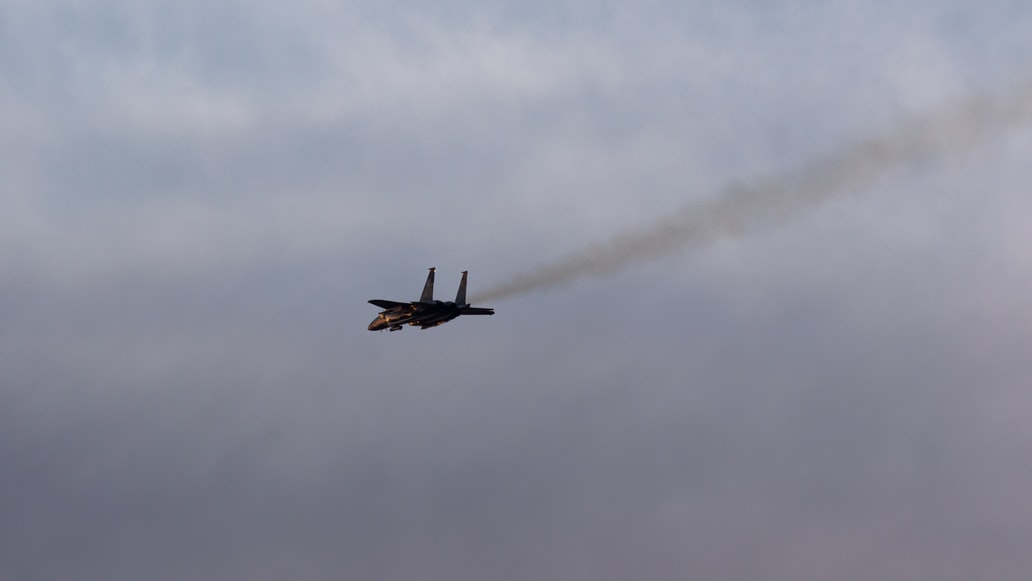McDonnell Douglas was a former American aerospace company that came into being with McDonnell Aircraft and Douglas Aircraft’s joint venture. They are known for producing some of the biggest commercial aircraft. In 1997, Boeing acquired McDonnell Douglas for $13 million. Boeing Commercial Airline is a giant company in itself. This merger allowed it to grow even more.
Boeing 717 was formerly known as MD-95, which McDonnell Douglas created before the Boeing merger. The aircraft is a twinjet single-aisle craft with a seating capacity of 100. McDonnell Douglas went through years of improvements to the previous variants to develop this model.
History of Boeing 717
In 1963, Douglas Aircraft launched DC-9 aircraft. This model was aimed for short ranges and had four engines. It started its operation in 1965. By the year 1982, its production was ended, and a total of 976 DC-9s were made and sold.
A newer variant of DC-9 was made in 1980, and it was named MD-80. This aircraft was longer in body and had improved engines. Till 1999, almost 1200 MD-80s were made.
In 1994, McDonnell Douglas decided to replace DC-9 variants with a smaller version but with better engines. MD-95 aircraft came into existence to increase range and seating capacity. They also tried to improve the thrust performance and fuel burning. The existing DC-9s were reaching their 30 years of service; hence MD-95 was meant to replace the market needs.
ValueJet was the first one to order 50 MD-95. For two years, it did not get any more orders. In 1997, the Boeing-McDonnell Douglas merger happened, and Boeing changed its name to 717-200 to fit it in its family of aircraft models.
New Features
Although 717 retains many structural features of DC-9, some modern parts are installed to it that make it better for enhanced flights and operations maintainability. Following are some of the new features that were introduced in Boeing 717:
- It has 57 more inches of the fuselage forward to the wing compared to DC-9.
- It offers “three-wheel” air-conditioning, which eliminated the need for electric fan cooling of engines on the ground level. The third wheel activates whenever the AC pack is operating.
- Many of the instruments in DC-9 were removed and were replaced by crystal-clear LCDs in the flight deck. It provides a clearer and uncluttered display of information about the aircraft.
- The electronically controlled engines provided an improved engine life, automated fault reporting, and superior monitoring capabilities.
- An equivalent amount of thrusts causes significantly lower fuel consumption compared to other engines.
Specifications
| Specifications | Value |
| Dimensions | |
| Length | 37.8 m |
| Wingspan | 28.5 m |
| Height | 8.9 m |
| Wing Area | 93 m2 |
| Weight | |
| Maximum take-off weight | 49,900 kg |
| Maximum landing weight | 45,400 kg |
| Maximum payload | 12,000 kg |
| Standard fuel capacity | 13,900 liters |
| Performance | |
| Range with max payload | 2,600 km |
| Maximum operating altitude | 11,300 m |
| Engines | R-R BR715-A1-30,
2 x 18,500 lbs. |
Sales History of Boeing 717
Although Boeing B717 was a great model among aircraft, the timing at which it was released proved to be a disappointment in its sales. Following the economic depression that came after the terrorist attacks of September 2001, Boeing took into consideration whether to continue its production or not. Finally, Boeing decided to continue it. Only 19 aircraft were sold in 2000 and six in 2001. It took 32 orders in 2002 and completed its 100th order in the same year.
In December 2003, the decline started for Boeing 717 when it unsuccessfully tried to make Air Canada contracts. By 2005, Boeing announced the end of production for 717 after completing the current orders.
Delta Airlines remained the largest airline to operate Boeing 717. More than half of the total number of aircraft are owned by Delta Airlines. The 156th (final aircraft) was delivered to AirTran Airways in April 2006.
Incidents Involving Boeing 717
Boeing 717 was not involved in any accidents that resulted in casualties. As of July 2018, there were five accidents, none of which involved any hull loss. All the accidents happened on the ground, either while taxiing or landing gear was not extended correctly.
Boeing 717 – Short-Lived Yet Praised Well
Despite the low sales of Boeing 717, it was very well received among the airlines and passengers alike. People who have traveled in it loved their short aircraft experience. The airlines who bought it have nothing but good words for it. Unfortunately, all good things must come to an end. 717 survived for a short time, but it successfully left a mark in aviation history.


